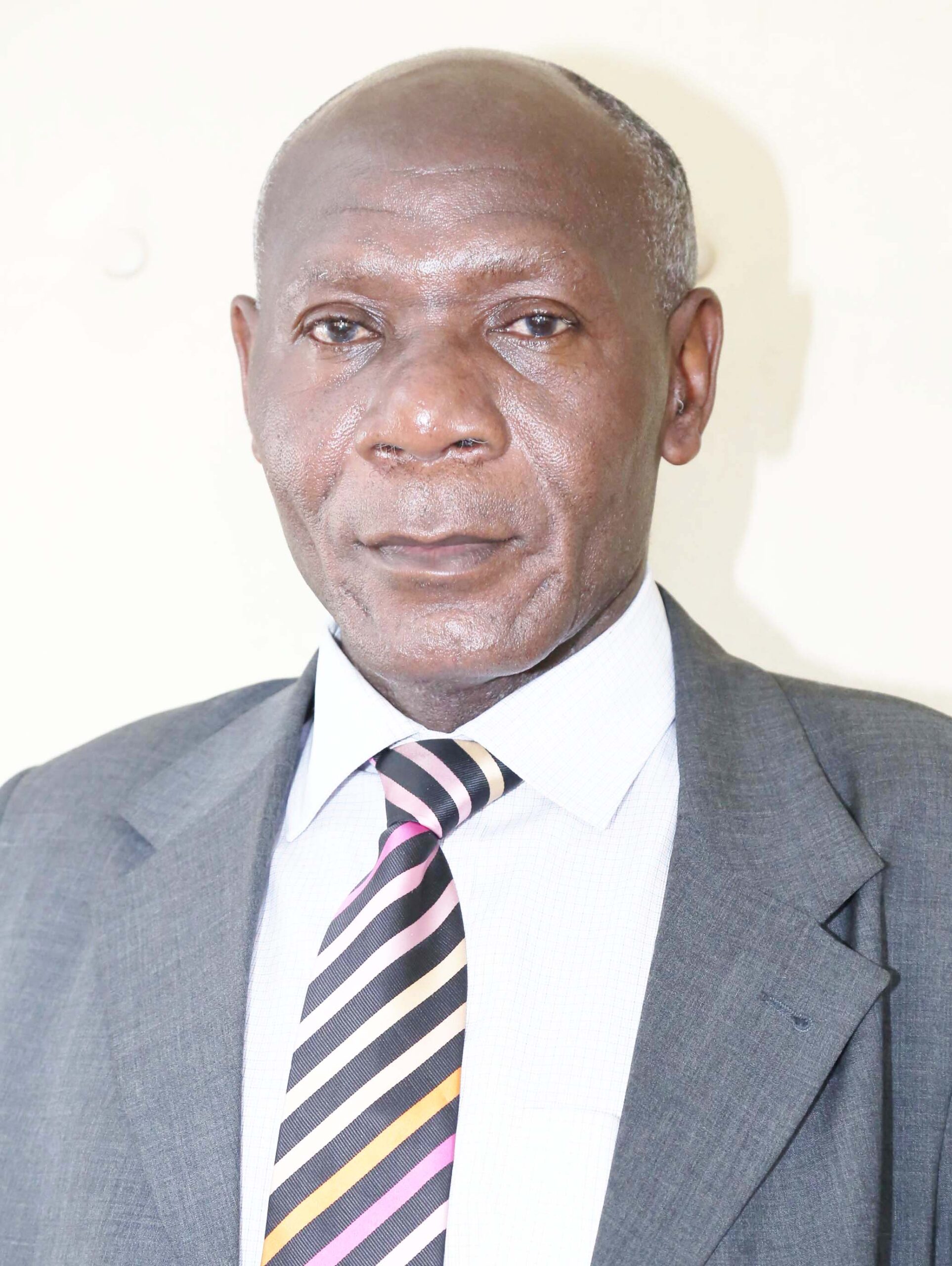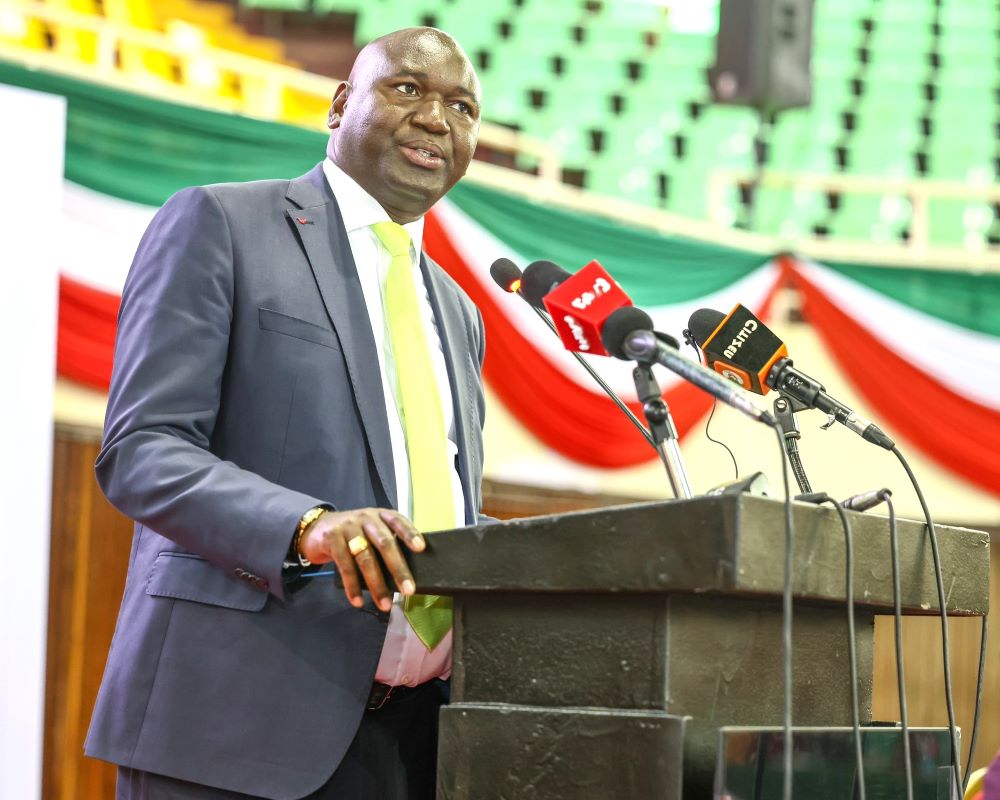By Kennedy Buhere
kbuhere@education.go.ke
Years ago, the management of a secondary school announced that it would group that year’s KCSE candidates into classrooms or streams according to their academic achievements. They argued that ability grouping would provide instruction that was appropriate for students and their individual needs.
Schools have students with varied abilities. In most cases, they are taught together and not set apart in groups according to their levels of learning. Through this, students in the same classroom receive the same instructions from teachers professionally tasked to provide teaching that takes care of diversities in abilities.
Whatever its merits, ability grouping creates unintended consequences that hurt the educational experience of students in many areas. It primarily hurts students’ motivation to learn. It also adversely affects their sense of belonging in the school. Students who have learning difficulties have more challenges as they are officially stigmatized as not good enough to interact with students of high ability. Ability learning upsets the special bonds students have built over their stay in school.
The bonds serve social, emotional and educational needs of learners. The weak students get peer support from classmates who happen to be good in certain subjects.
Since most students aren’t all round students, they lend mutual support to each other particularly in subjects they are academically strong in. In turn, the students also get support from peers who are strong in other subjects.
The mutually assured support is based on established bonds and trade-offs. Ability grouping disrupts these bonds yet creating new bonds take time. Ability grouping stigmatizes learners with low abilities and ignores the Pygmalion effect in education research.
The Pygmalion effect suggests that teachers’ expectations influence student performance. If a teacher expects a student to do well, he will do well. However, if for whatever reason he expects another student to do badly, he will do badly. Positive expectations beget positive results while negative expectations beget negative results.
Distinguishing some students of high ability and others of low ability designates some students as winners and others as failures. Needless to say, this is unprofessional.
Ability grouping sends contradictory signals to all parties that some students are entitled to quality educational experience than others and that schools have the right to deny some students quality educational opportunities while it reserves them for others.
Despite varying abilities, all students have the ability to succeed to their best possible potential. The bill of rights states that every child has the right to develop his or her intellectual powers to the fullest possible extent.
Educational laws provide for equal educational opportunities to all children and speculate that the formal curriculum is available to all students without discrimination. Education authorities have in mind how much time students should spend on course materials over time and have taken into account the diversities and distinctions in abilities in designing school programmes.
School hours and class hours, referred to as in educational jargon as instructional pace, is the speed with which a teacher covers content during the time allotted to a content area. When the syllabus is covered at a fast pace, it disadvantages many students who are left behind.
If it is inordinately too slow, many students get bored and disinterested. An instructional pace in which teachers move on with approximately 80 percent of the students ensures the students master what is taught. The teaching becomes effective.
Professionally speaking, remedial teaching or support is for less than half of the class. Remedial teaching provides individualized or small group support. Such teaching happens or should happen in the staffroom or outside the classrooms where students take their ordinary lessons.
Statutes on Education envision a school environment which provides equal educational opportunities to all learners without labels and leaves no child behind.
The Curriculum is the language, the culture and the focus of everybody: the teacher, the learner and the school principal as the Prime Minister of instruction at the school level. The students in mixed ability classes should be able to access the same high-quality instruction throughout their primary or secondary education cycle. Students with learning difficulties get the best from the formal teaching experience, the remedial classes and from their peers.
Through this, students leave the school with pleasant memories. The bright students leave with memories of having supported their comparatively weaker peers while the average and below average students leave with memories of having been supported in one way or anotherby fellow students, teachers and a school system which was sensitive to the diversities in abilities, talents and interests in the learners.
Kennedy Buhere is a Communications Officer at the Ministry of Education.






